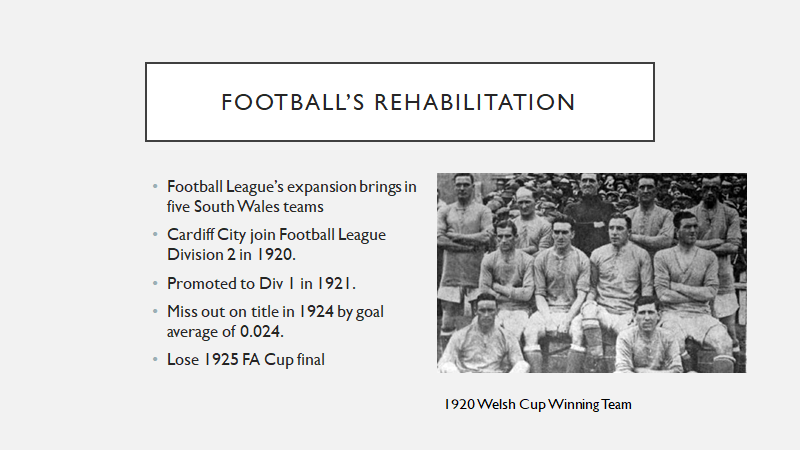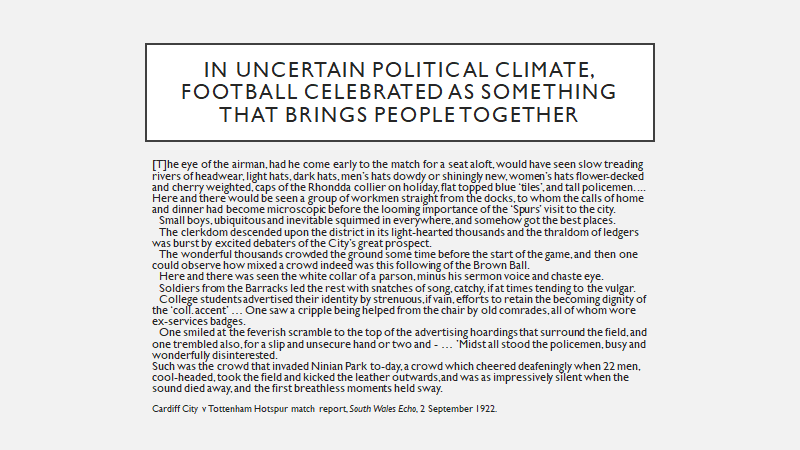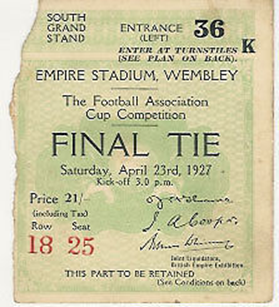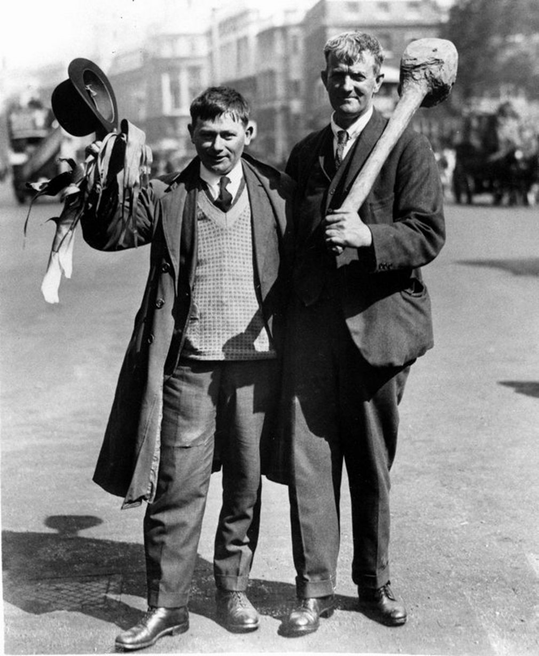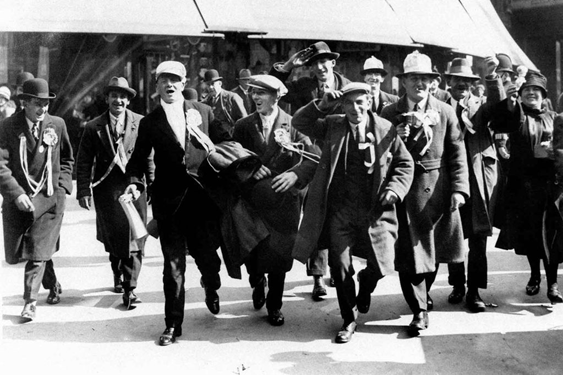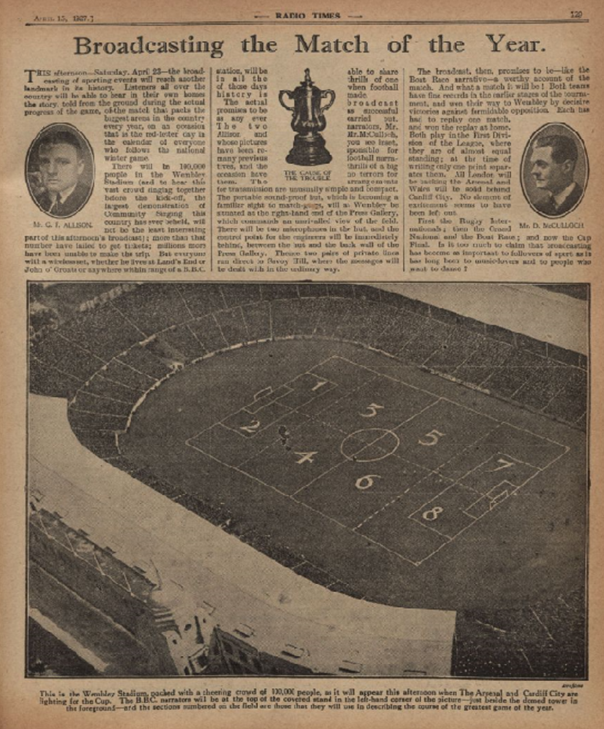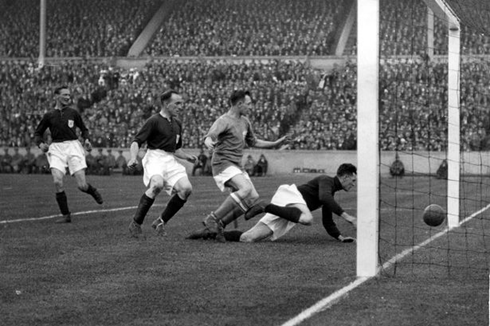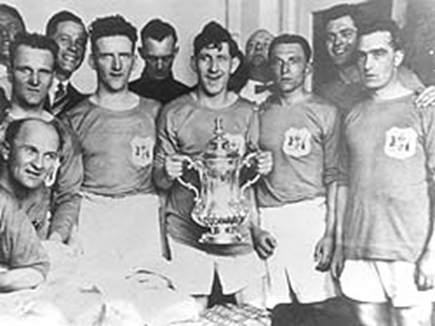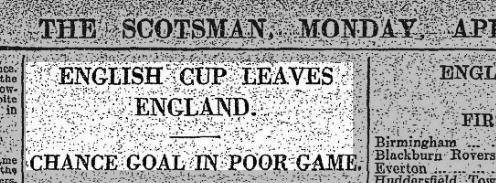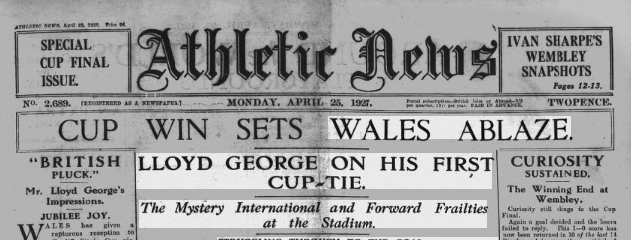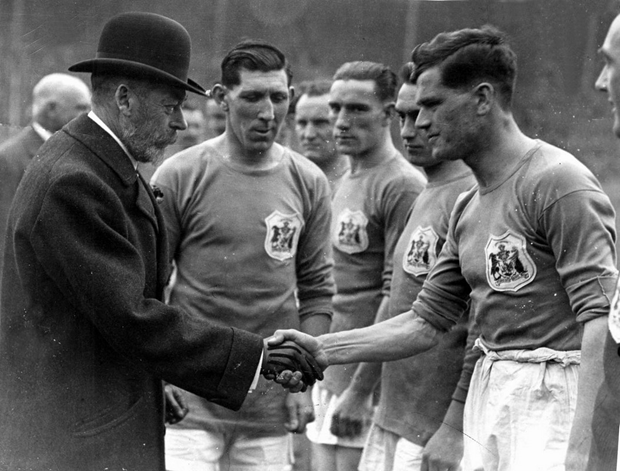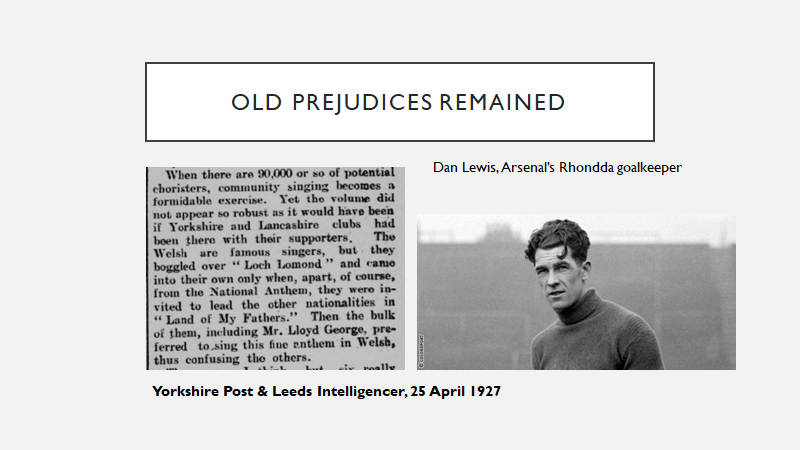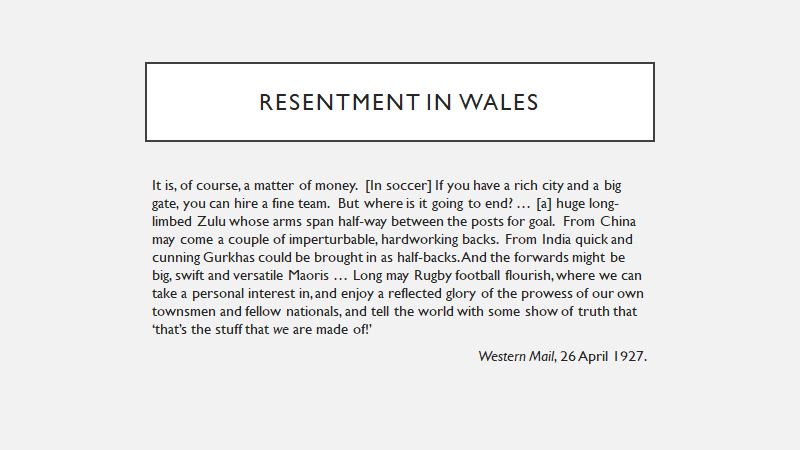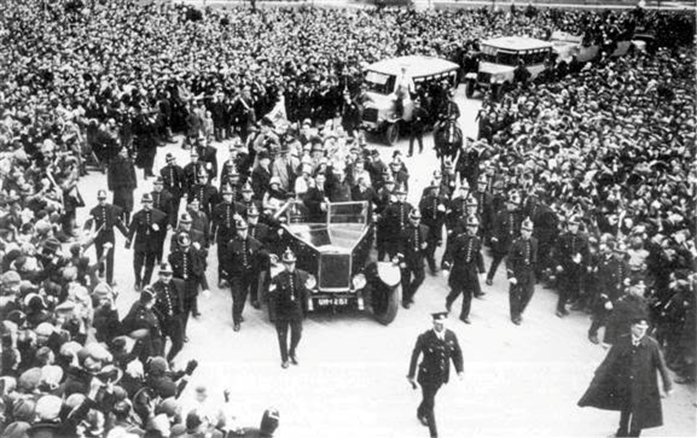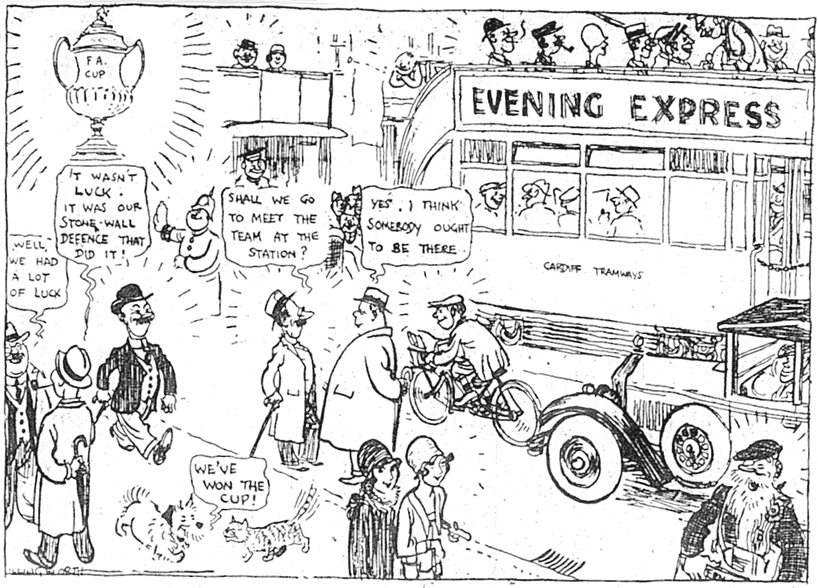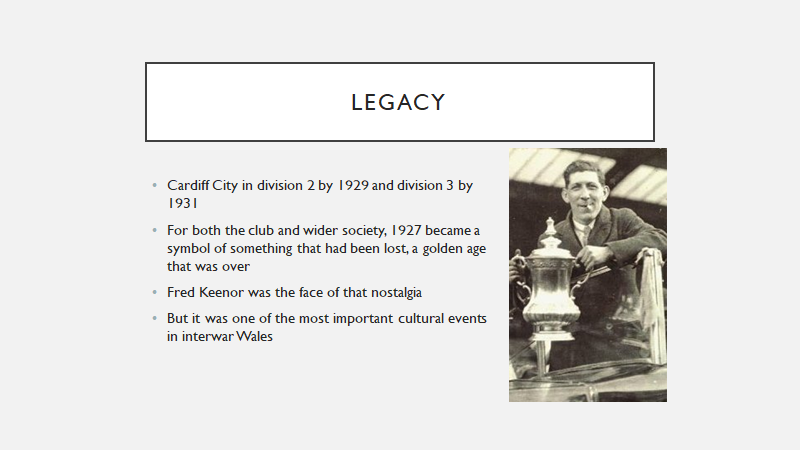The 1927 FA Cup final. A Twitter Lecture.
The early 1920s were a boomtime for football in south Wales. Cardiff, Swansea, Newport, Merthyr and Aberdare all joined the Football League as part of its expansion from 2 to 4 divisions. Cardiff became of the UK& #39;s top teams.
The early 1920s were a boomtime for football in south Wales. Cardiff, Swansea, Newport, Merthyr and Aberdare all joined the Football League as part of its expansion from 2 to 4 divisions. Cardiff became of the UK& #39;s top teams.
The shadow of war, the Russian Revolution, the rise of Labour politics & emerging economic problems meant this was a time of political tensions. Football began to be celebrated as something that brought different kinds of people together. It was an antitode to politics.
When Cardiff reached its 2nd cup final in 1927, the team was past its best and attendances were falling because of growing unemployment.
The final also came after the 1926 general strike and a 6 month+ miners& #39; dispute. It was seen as a happy escape for the whole of Wales from political and economic tensions. Maybe 20,000 headed to London for the game. 1700 went from Swansea.
The Welsh were in town. They visited the London tourist sights. They wore leeks and sang Welsh songs. Not everyone went to the game. It was a rare day out and trip to the capital.
People listened on the radio too. It was the 1st live broadcast of a cup final. There were crowds in radio shops; loudspeakers were put up outside city hall to broadcast the game. To help listeners, commentators used a plan of the pitch leading to the phrase back to square 1.
Cardiff won 1-0 after Arsenal& #39;s Welsh keeper Dan Lewis spilled a soft shot.
http://player.bfi.org.uk/film/watch-cup-final-1927-1927/">https://player.bfi.org.uk/film/watc...
http://player.bfi.org.uk/film/watch-cup-final-1927-1927/">https://player.bfi.org.uk/film/watc...
In both England and Wales the game was treated as an international rather tna club game. The English Cup had been won by Wales. Lloyd George was there cheering on Cardiff, like people from across Wales.
But for the Welsh it was a British moment too. There was pride in the game being at the Empire (Wembley) Stadium before the King. Welsh papers reported how impressed he was with the Welsh singing. Fans visited the cenotaph remembering those killed the war.
Some English papers thought Dan Lewis might have conceded the goal out of Welsh sympathy. At least one English paper thought the singing would have been better had nothern fans been there.
There were a few in Wales weren& #39;t happy either. They were unimpressed that only 3 of the team was Welsh. They didn& #39;t like the professional nature of football. Such people were usually rugby fans.
But far more were happy. 50,000 turned out to welcome the team home. It was one of the biggest public events in the city& #39;s history.
http://player.bfi.org.uk/film/watch-leek-in-the-cup-1927/">https://player.bfi.org.uk/film/watc...
http://player.bfi.org.uk/film/watch-leek-in-the-cup-1927/">https://player.bfi.org.uk/film/watc...
Such a coming together was reassuring for those worrying about the politics of time. Indeed, the Western Mail encouraged the view of the event as something unifying by publishing cartoon that depicted different parts of the population celebrating.

 Read on Twitter
Read on Twitter